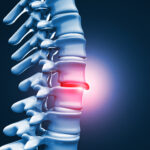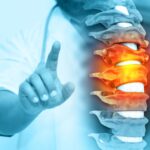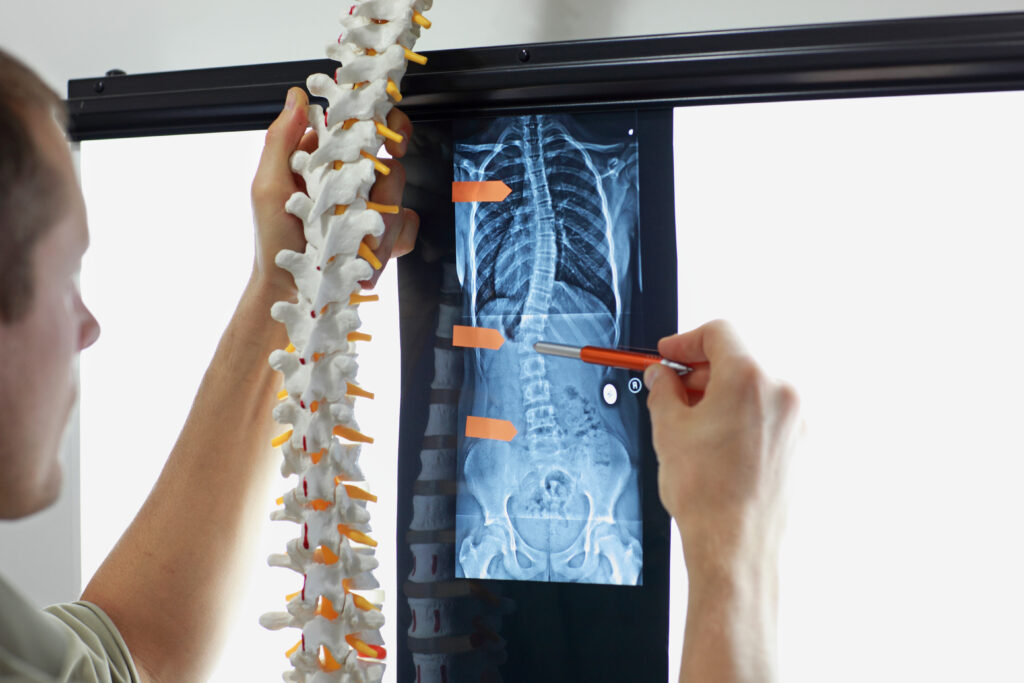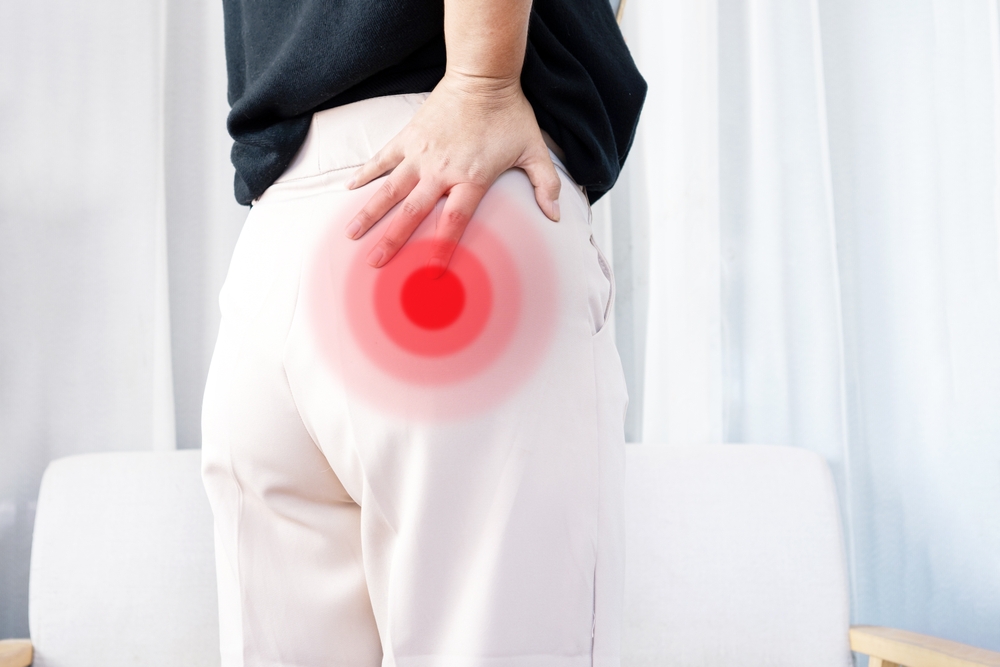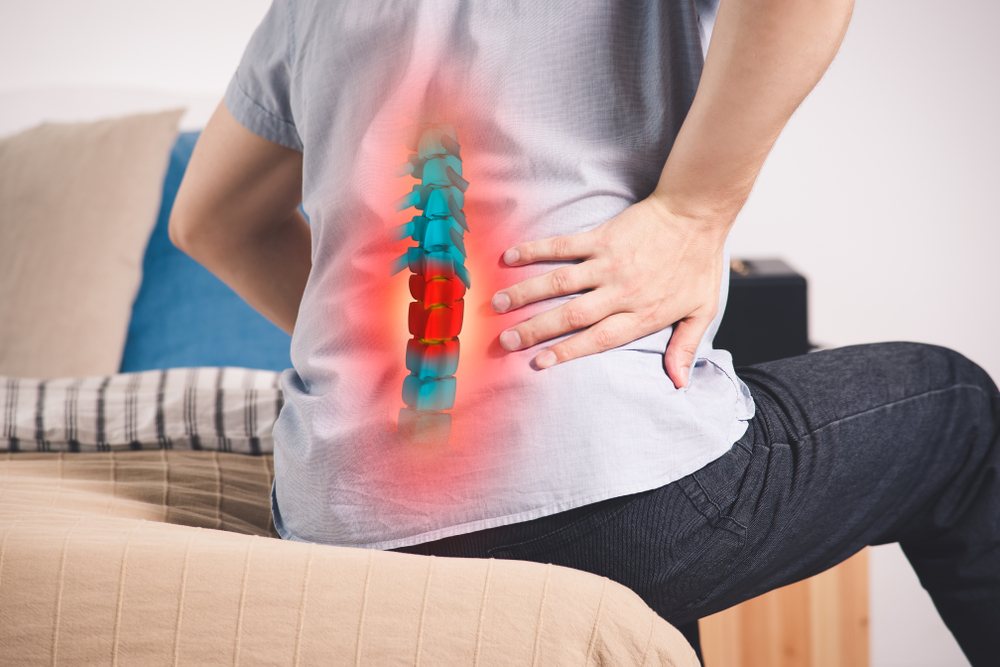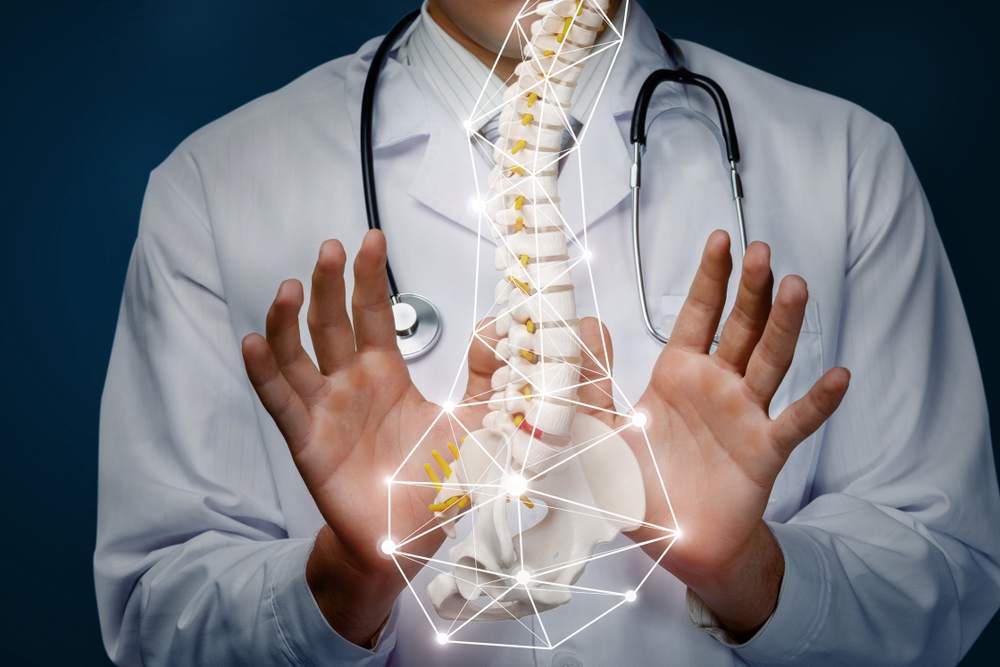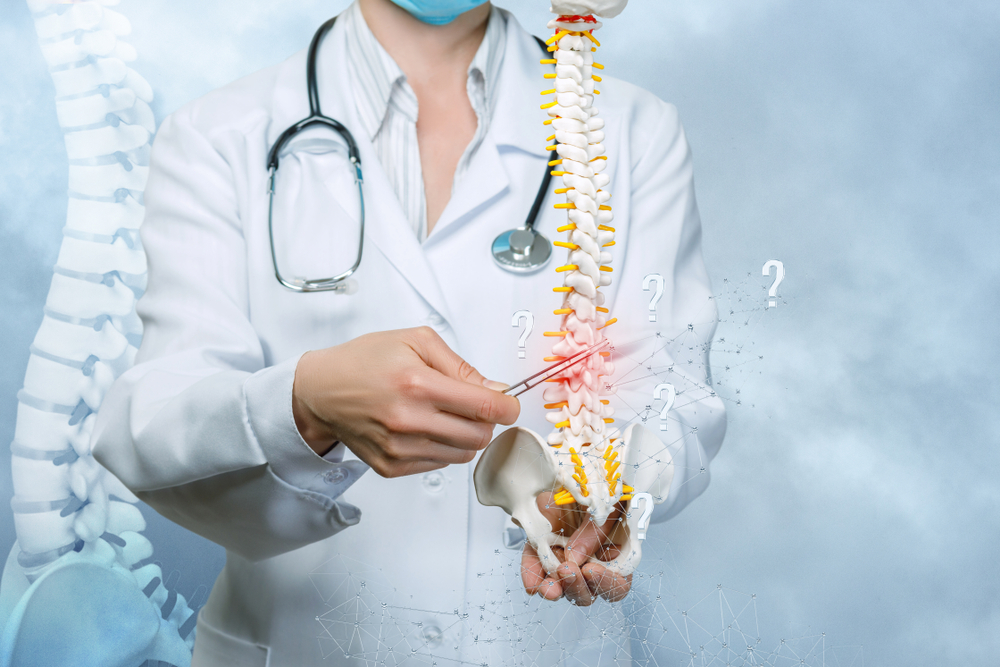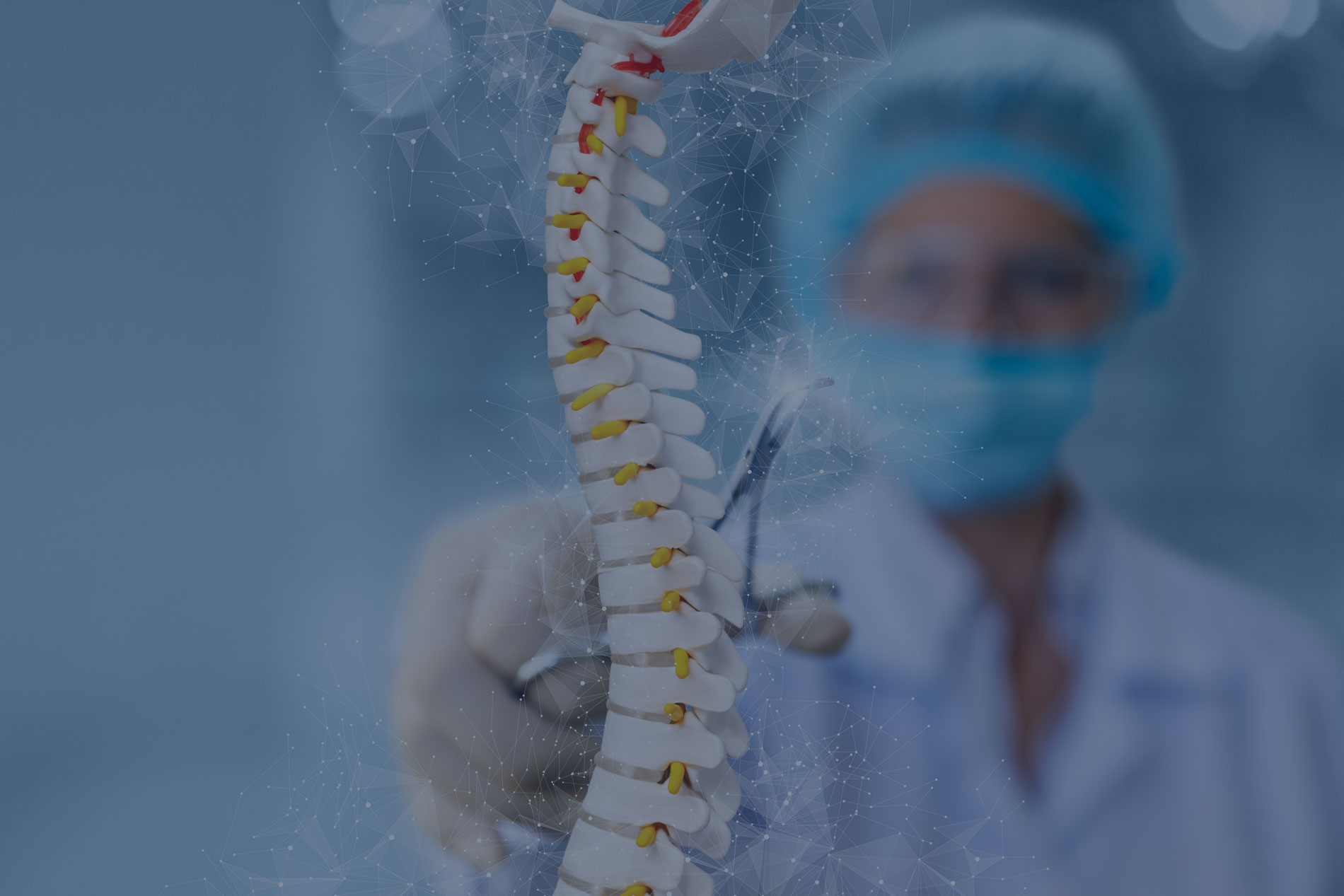
Lumbar Disc Replacement

Lumbar arthroplasty, also known as total disc replacement (TDR), is a surgical procedure designed to address lumbar disc degeneration by replacing a damaged or degenerated intervertebral disc with an artificial disc. This procedure aims to maintain motion at the affected vertebral segment while relieving pain and preserving spinal function. During lumbar arthroplasty, an incision is made in the abdomen or lower back, depending on the specific approach chosen by the surgeon.




The affected disc is removed, and the artificial disc is implanted in its place. This prosthetic disc is designed to replicate the natural movement and function of a healthy disc, allowing for continued flexibility and motion in the lumbar spine. Lumbar arthroplasty is considered an alternative to lumbar fusion, which involves joining two or more vertebrae together.
The goal of lumbar arthroplasty is to preserve motion at the treated level, potentially reducing the risk of adjacent segment degeneration that can occur after fusion surgery. This procedure is typically recommended for individuals with symptomatic lumbar disc degeneration who have not found relief from conservative treatments.
Book An Appointment
"*" indicates required fields

